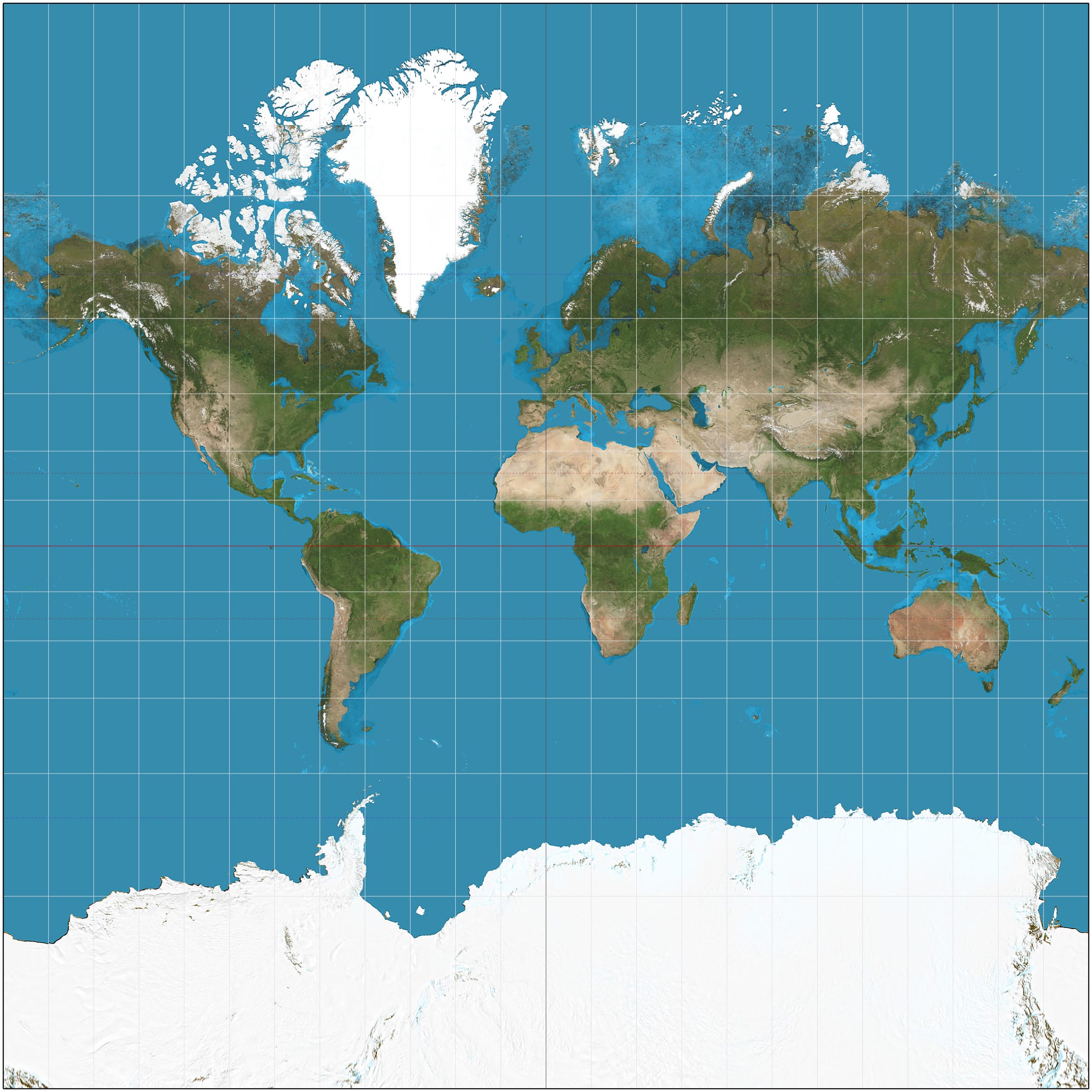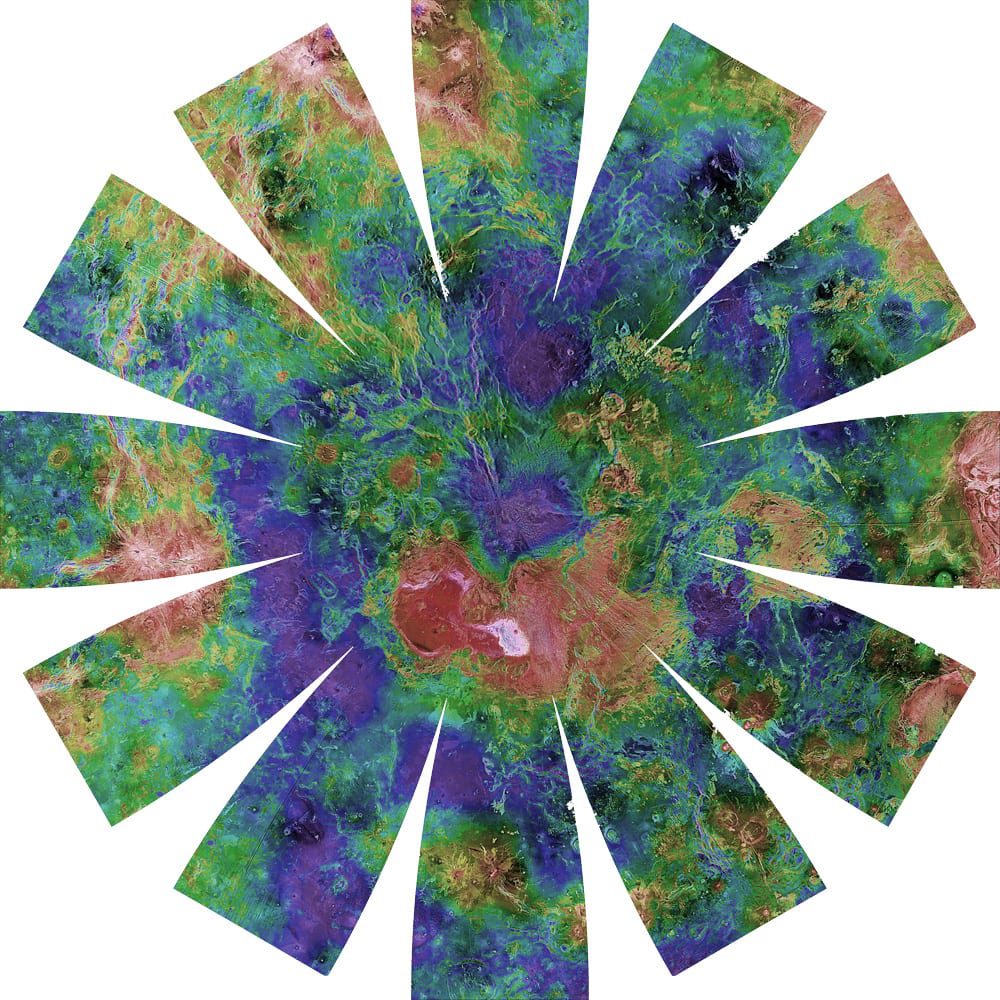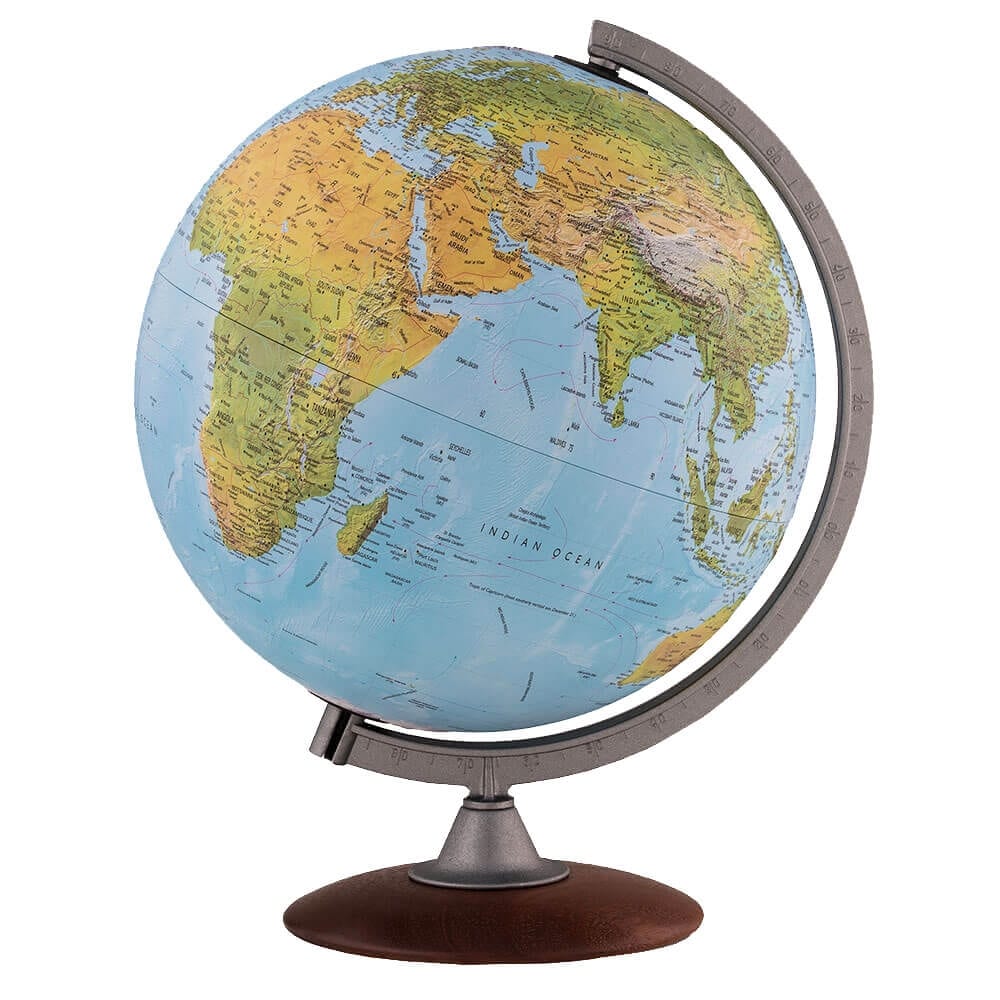A globe is a map in a spherical shape. You would think it’s easy to translate flat world maps onto a sphere accurately, but it’s not that simple. A flat surface does not perfectly fit a curved surface; in our case, this would create distortions on the map of the globe.
Square Map on a Round Surface
A flat map will not perfectly fit a round surface. The difference between a flat surface and a curved surface in terms of distance is quite significant and requires compromise, which is never perfect. These compromises are various drawing methods of transforming the flat map on paper into a spherical shape. These drawing methods are called projections.

Depending on what you wish to emphasize (whether landmasses or oceans), there is a particular projection suitable.
The most popular projection is the Mercator Projection, popularized by Gerhard Kremer (aka ‘Gerardus Mercator’) in the sixteenth century. You can find other widespread mapping projections from the Wikipedia List of Map Projections page.
Mappus Interruptus
Maps (even of other planets) to be projected on a globe differ from the regular world maps you see in that they are interrupted — not continuous. Interrupted maps appear like flattened packaging ready to be cut and bent into shape. Some look life leaf cutouts, and some look like flower petals.
Not all interrupted maps (projections) are as regularly interrupted as a flower. The newest ones, called Myriahedral projections, can have any shape and have many many lobes (hence the root word ‘myriad’). Though offering fewer distortions, Myriahedral projection maps are probably impractical for producing globes because of the vast number of irregularly shaped lobes.

The most practicable ones (the ones easiest to mold onto a globe) have regular lobes which are more commonly called ‘gores’. For world globes, this takes the form of a flower-like (pinwheel-like) map for each of the hemispheres. The flower-petal like world map is very easy to turn into globes using machines in an assembly line.
A pinwheel map for globes is created by using a popular projection (or a combination of projections), now usually constructed using sophisticated map-drawing software.
Non-Earth globes are made using a pinwheel map as well. The U.S. Geological Survey’s maps for Mars and Jupiter’s moon, Europa, for example, used a combination of Transverse Mercator projection and Lambert Azimuthal Equal-Area projection.
Making a World Globe
Once you have the flower-petal map for both hemispheres, you need to transfer these to suitable heat-moldable materials for globes.

A common material used is cardboard, although plastic, metal and other materials are also suitable. Once the maps are transferred to suitable material, they are then cut and then molded into shape. Then the hemispheres are stuck together (with glue or heat) and assembled with their meridian that holds the globe in position and in which the globe will turn.
This method described above is mainly used on globes crafted with cardboard. Globes made of plastic or acrylic typically use printed on vinyl which is then pulled over the plastic sphere.
The actual process is much more detailed, of course, and differs between manufacturers, depending on the type of globe produced. Once you have seen a completed globe you’ll realize that globe-making is science and art combined with passion.
Now that you know how the maps are created to make a globe, check out our next article in the series How Globes are Made: Production where we explain the manufacturing process used.
